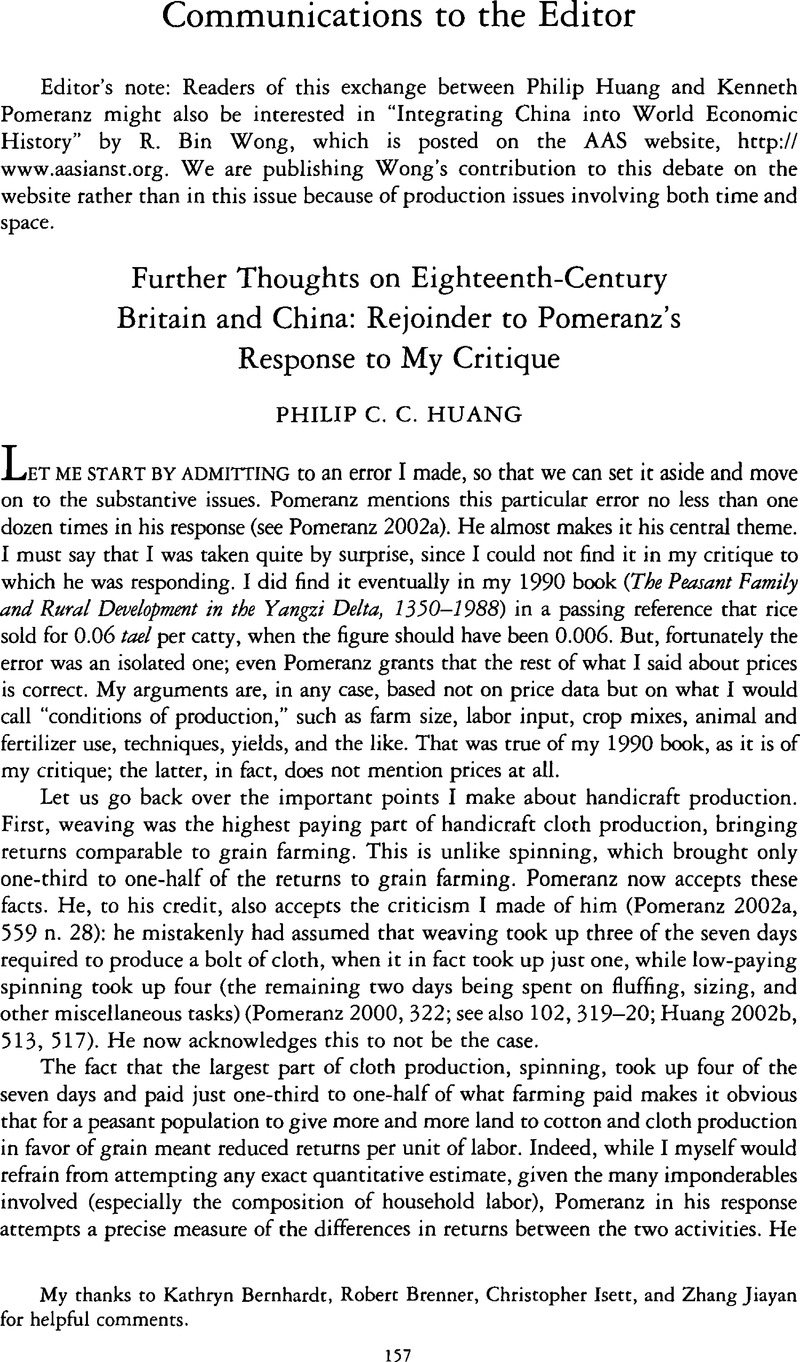Crossref Citations
This article has been cited by the following publications. This list is generated based on data provided by Crossref.
Sng, Tuan-Hwee
2014.
Size and dynastic decline: The principal-agent problem in late imperial China, 1700–1850.
Explorations in Economic History,
Vol. 54,
Issue. ,
p.
107.
Sng, Tuan-Hwee
and
Moriguchi, Chiaki
2014.
Asia’s little divergence: state capacity in China and Japan before 1850.
Journal of Economic Growth,
Vol. 19,
Issue. 4,
p.
439.



